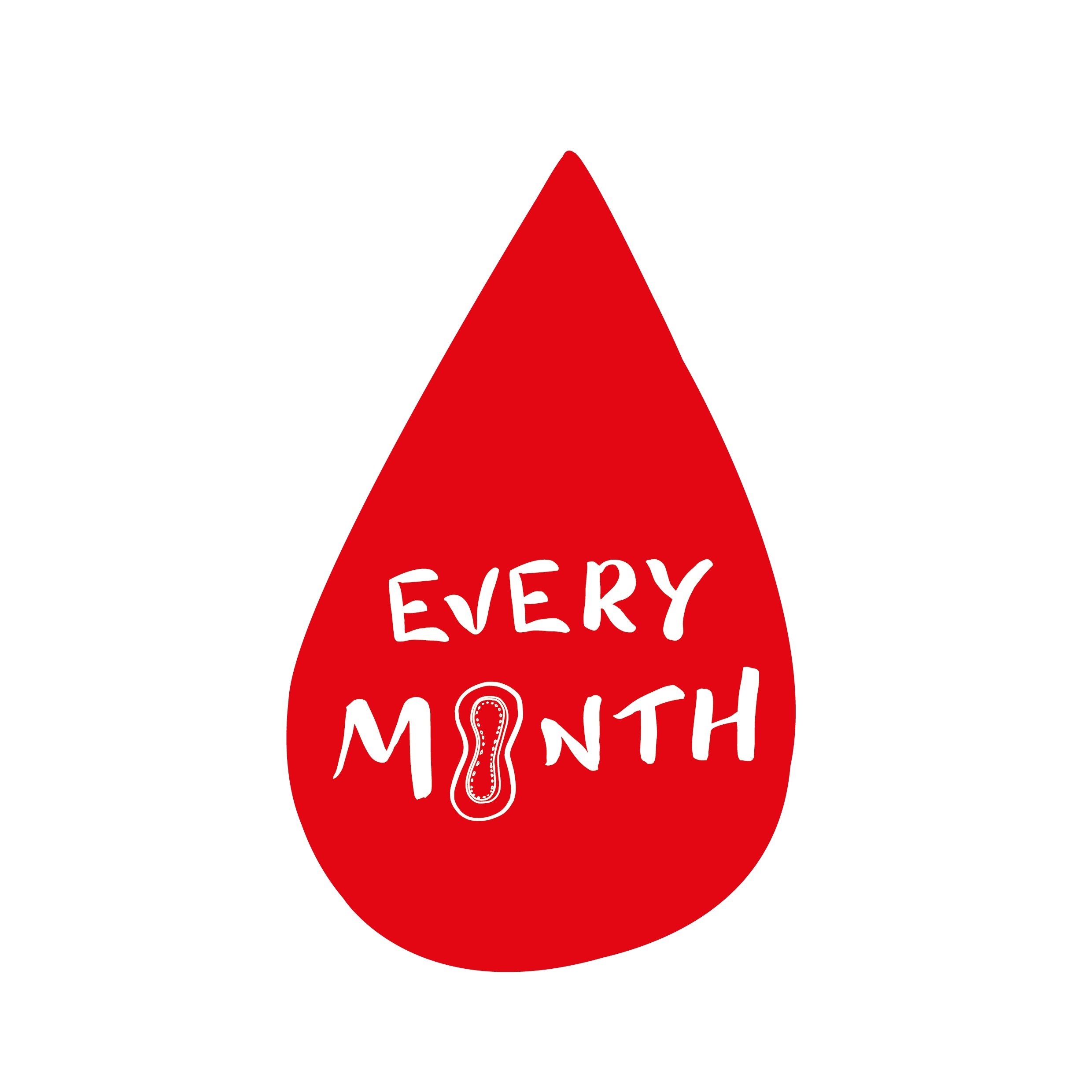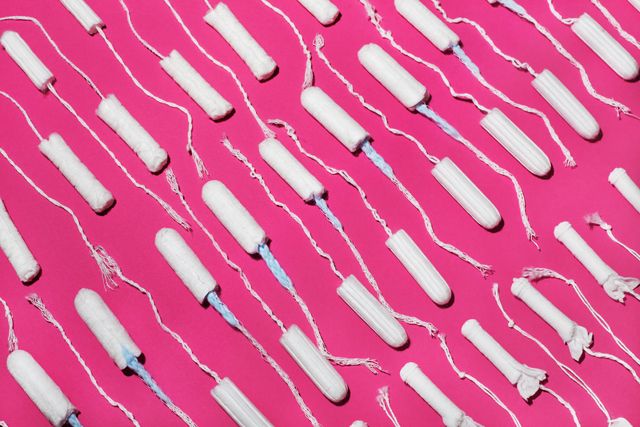Historical Periods
This post was originally posted in 2017.
Despite periods being a biological function since forever, sanitary products only started progressing in the 1920’s. Historical monthly menstruaters made their periods work however best they could – often keeping it very private to avoid being stigmatised. Over the eras, periods have been linked to sorcery, uncleanliness, impurity and hysteria. There was such lack of knowledge about menstruation, it wasn’t until the 19th century that doctors even made the link between periods and pregnancy.
So how did people cope? What did they use? Here’s a brief run down.
Ancient Romans: goose fat or dung
As well as being used for tampon substitutes, some historians also believe they used goose fat and dung as contraceptive methods.
The Egyptians : softened papyrus/lint covered wood
As the Egyptians left us little info on periods (although, there are some hieroglyphics referencing a god who didn’t like menstruation..!) there is some debate as to whether they above were actually used.
Medieval: material/rags/wool
Pads were made of scrap fabric or rags (actually where the phrase ‘on the rag’ comes from). They also used wool if they had to although itchy and less effective than cotton. They also had to find a way to keep the fabric in place as underwear wasn’t common then.
1800’s: fur/moss/cotton
Those who could afford it made their own pads from fur, linen or cotton. It was extremely common for the poorer to have bloody clothes because they had no means to make their own pads.
1890’s: the Sanitary Belt
If you haven’t seen one of these before, they look a lot like a chastity belt with cotton pinned on the inside. These were still available until the 1980’s before stick on sanitary pads were as widely available.
1914: cellulose bandages
French nurses during World War One realised that the cellulose bandages they were using on their patients were perfect disposable sanitary pads. They were also cheap enough and in so much surplus to be thrown away after one use.
1921: the sanitary pad
Shortly after the war, Johnson & Johnson picked up on the cellulose bandage idea and produced the sanitary pad en mass with a similar structure and material. They were expensive and many were too embarrassed to buy them. Shops started putting boxes on the shelf for them to drop their money into so they wouldn’t have to talk to the Cashier.
1929: the tampon
The first Tampax tampons were made at home on a sewing machine by Dr Earle Haas. He patented them Tampax and sold it on to a company. There were many who disagreed with them, believing they could affect a girl’s virginity and break her hymen.
1987: the menstrual cup
So the first ever menstrual cups were actually made in 1937 but were widely unused. Originally they were made of rubber which made them uncomfortable and harder to insert. It wasn’t until 1987 that the silicon cup was created and widely produced. Even today they aren’t used as commonly as pads and tampons despite being more economical and environmental.

